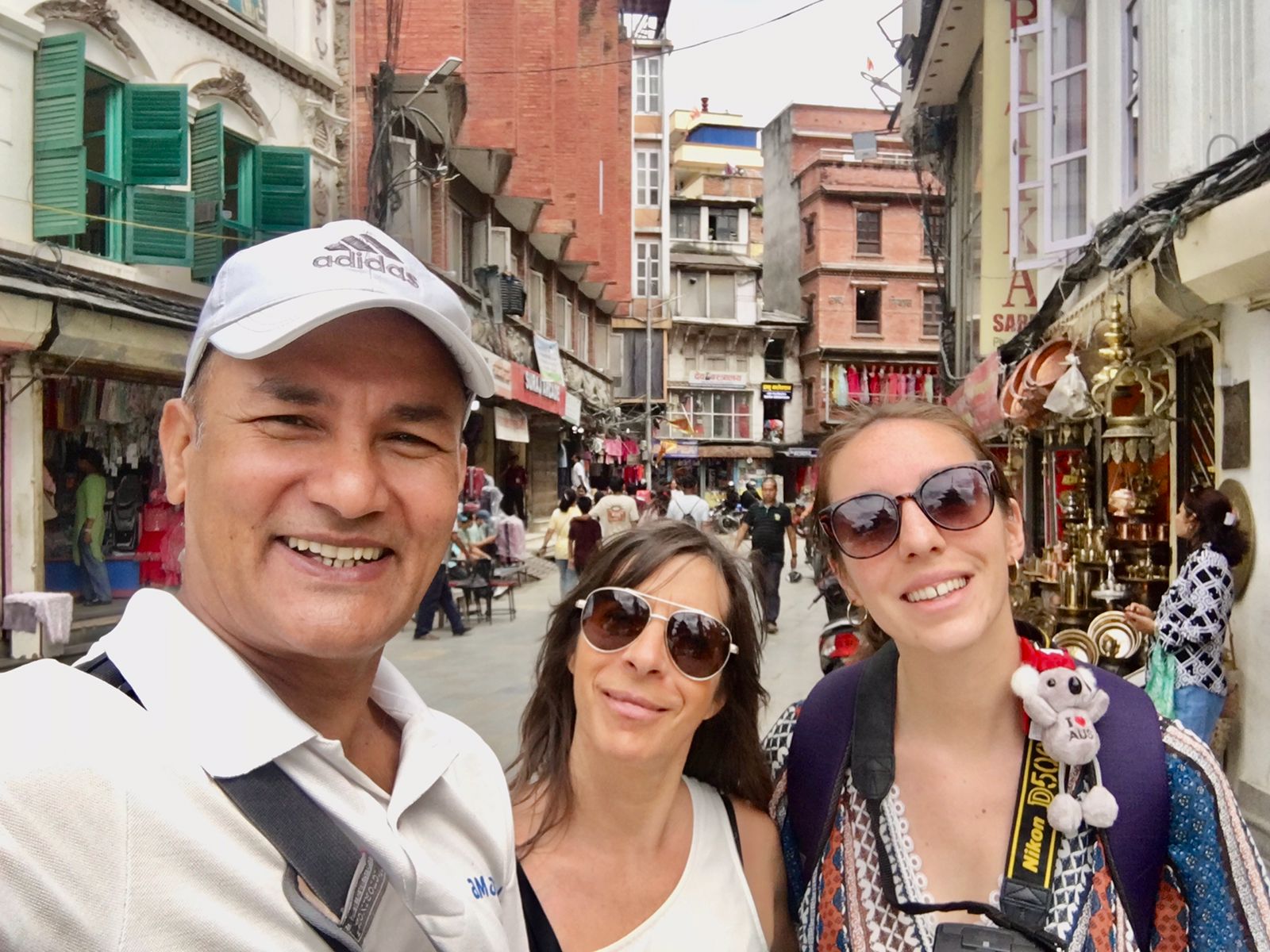Three Cities of Tibet
Tibet has much more to explore. This place evokes the feelings of awe and mystery. Either the flight in or out from Kathmandu to Tibet or overland route to Tibet, offers a totally different experiences. This is the land of ancient Buddhist culture, awesome landscape, artistic monasteries, exotic cities, hidden valleys and century’s old caravan trails.
Most of the travelers think Tibet is Lhasa but there are many fascinating things beyond those of Lhasa: the spectacular view of the Himalayan snow range from Tingri; the tremendous scale of the Tibetan plateau; white glaciers and multicolored hills; the famous turquoise Lake, Yamdrok Yutso and the old monastic cities of Sakya , Shigatse and Gyatse.
Tibet does have many principalities, with different dialects and styles of dress. The Khampas from the east and the Ladhakis from the west never considered their languages or religious traditions derivatives of those of central Tibet. Within central Tibet, the people of Shakya, Shigatse and Gyantse were proudly independent of Lhasa. Visiting Lhasa’s neighboring cities; the traveler will experience the wonderful diversity of the Tibetan people and their culture, the diversity that has made Tibet remarkable.
Shakya:
Shakya is the seat of Shakya or ‘grey earth’, school. This school is one of the four main Tibetan religious traditions. This school is known for its scholarship and political power. The great monastery of Shakya was founded in 1073 by Konchok Gyalpo. His grandson, the scholar and religious teacher, Kunga Gyaltsen became the most famous of the Shakya Lamas, Shakya Pandita- the learned one of Shakya. One of his sayings is this, “If you wish to destroy all your enemies, you shall never find the end of killing but if you can subdue your desires, every enemy is at once destroyed.”
During the Cultural Revolution, when temples and the monasteries were destroyed, Shakya was spared. Today, Sakya is said to house the finest artwork in all Tibet.
Shigatse:
Shigatse is the second largest city of Tibet. This is the center of the historically important province of Tsang. It is a rich farming area. This is located on the trade route to Nepal. There is the famous palatial building called Tashilunpo temple. Tashilunpo today is still the seat of the Panchen Lamas, a lineage of incarnations first recognized by the “Great Fifth” Dalai Lama to honor his tutor as an emanation of Amitabha, the Buddha of boundless light. The monastic complex once housed over 4000 monks, and was composed of five or six colleges, each with its own head, called khenpo.
One can see the 86 feet statue of Maitreya, the future Buddha, done in copper and brass by Tibetan and Nepalese craftsmen. Shigatse is a nice market place, less touristy than that at the Barkhor in Lhasa.
Gyantse:
Gyantse is the third largest city in Tibet. Once, this was an important trading city, the gateway to the outside world, lying along the main trade routes to Nepal, Sikkim and Bhutan. It was also the center of the wool trade and magnificent carpets. There is a ruined fortress. Visitors can see the Pelkhor Chode Monastery and the kumbum, meaning “a hundred thousand images,”an ornate stupa erected in1427 by a prince of Gyatse. It is a great Pagoda made in Nepali style with wedding cake tiers. One can follow the hidden staircases to the top and see a splendid view of the city.
Related Articles
What our clients say?

Great tour ! Highly recommended ! 3 hour tour with Shiva is the best way to discover the city and learn about Nepalese culture, religions and customs. Shiva speaks English…...
Céline C, Indonesia
Read More




